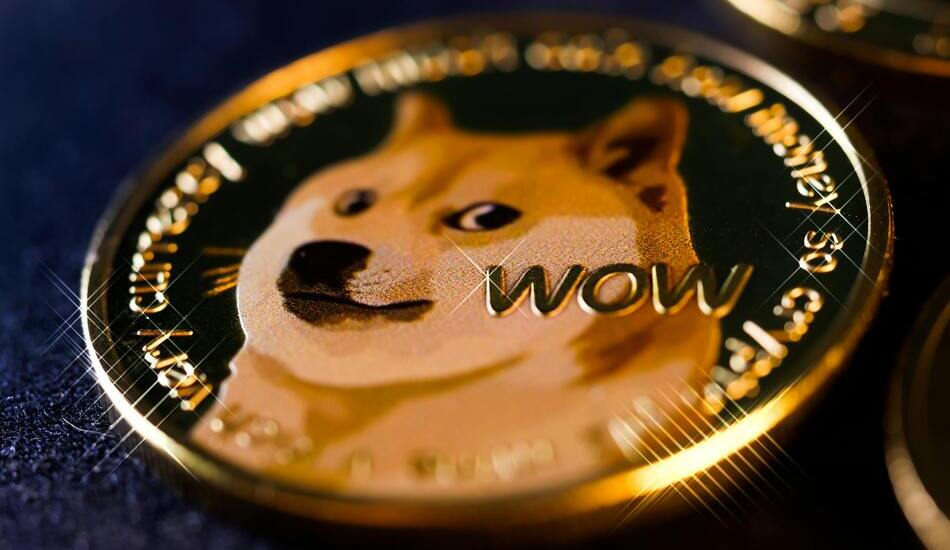While Dogecoin’s price slide may be showing tentative signs of pausing, its market stability is being tested by two significant forces: the cautious behavior of its largest holders and a sharp decline in grassroots network activity.
A Market in the Balance: Whales and Waning Use
Recent on-chain data reveals a complex and somewhat contradictory picture. While some large-scale investors appear to be accumulating DOGE, a significant threat stems from the high percentage of the total supply sitting on exchanges. This metric is currently near a multi-year high at 17.7%. Such a high concentration of coins on trading platforms means there is a large, readily available supply that can be sold almost instantly, often preceding notable market corrections.
This potential for a sell-off is compounded by a dramatic collapse in organic network use. Daily active addresses have plummeted to just 58,000, a stark drop from the 674,500 seen as recently as July and the 1.65 million recorded in the last quarter of 2024. This erosion of fundamental user activity raises questions about the coin’s underlying utility and demand at the retail level.

Navigating the Current for Institutions and Traders
For corporate treasuries and institutional desks, this environment demands careful navigation. The high level of exchange balances acts as a constant overhang, increasing the risk of sharp, liquidity-driven price moves if a major wallet decides to execute a large block sale.
Furthermore, the futures market reflects a decline in speculative interest. Open interest, which represents the total number of unsettled derivative contracts, has fallen significantly. This reduction in leverage means there is less fuel in the tank to power a sustained rally, making the market more susceptible to volatility from spot selling.
The Path Ahead
For now, the data points to a market that is cooling off rather than collapsing. The immediate future of DOGE hinges on whether the tentative accumulation by some whales can continue to provide price support, and whether this can eventually rebuild confidence and draw retail traders back into the ecosystem. Until then, the market remains in a delicate balance.


